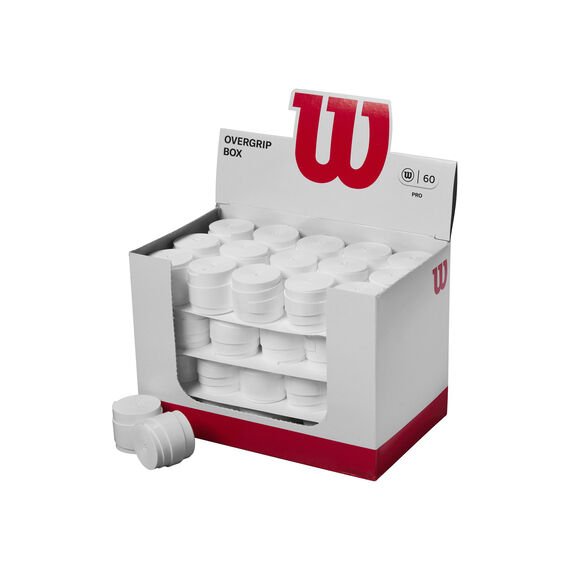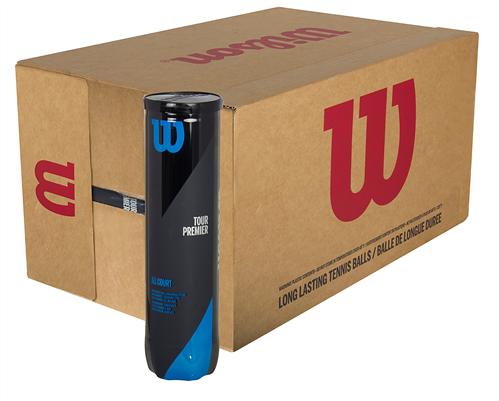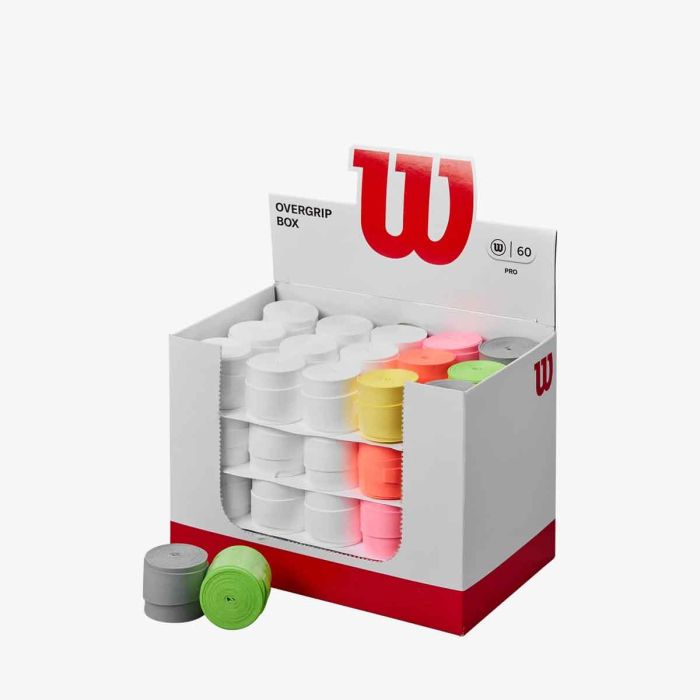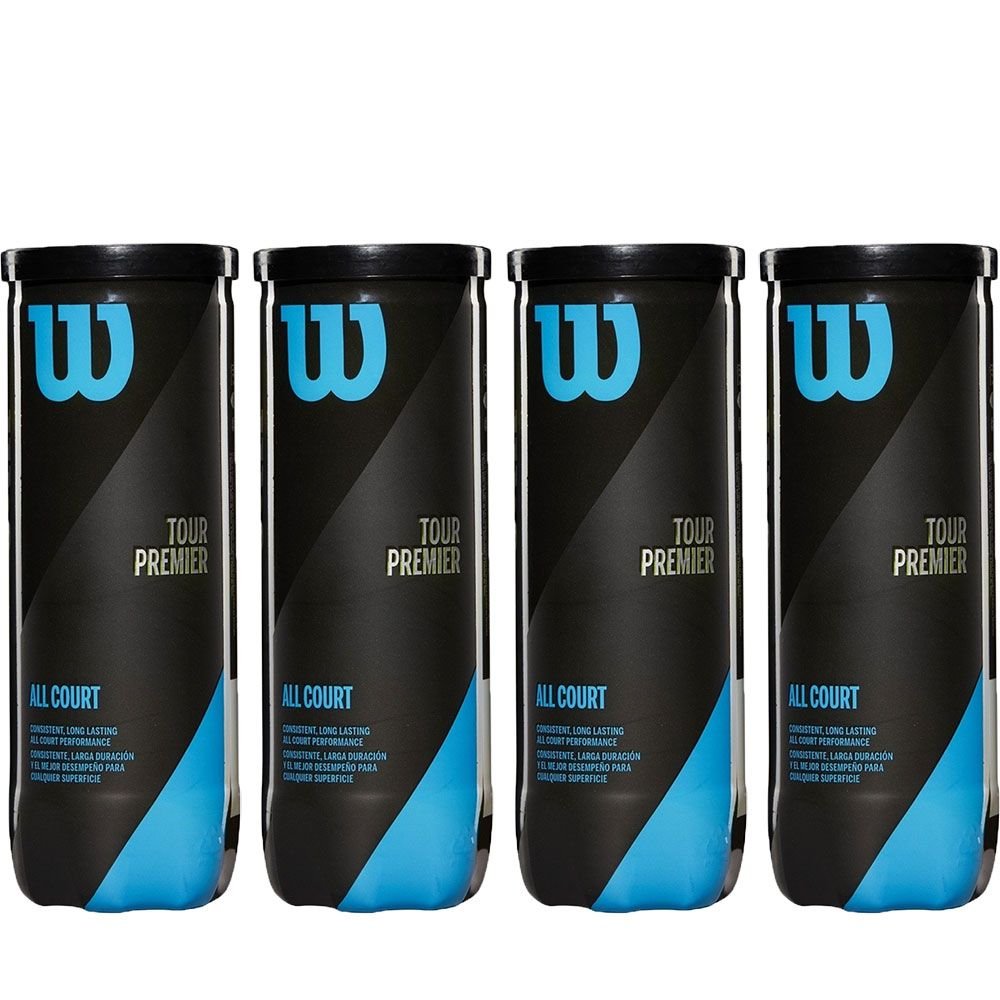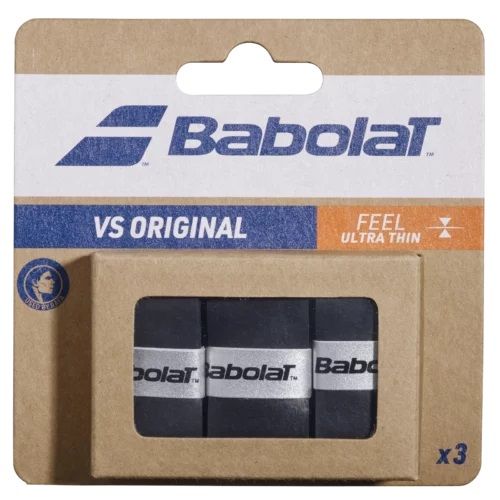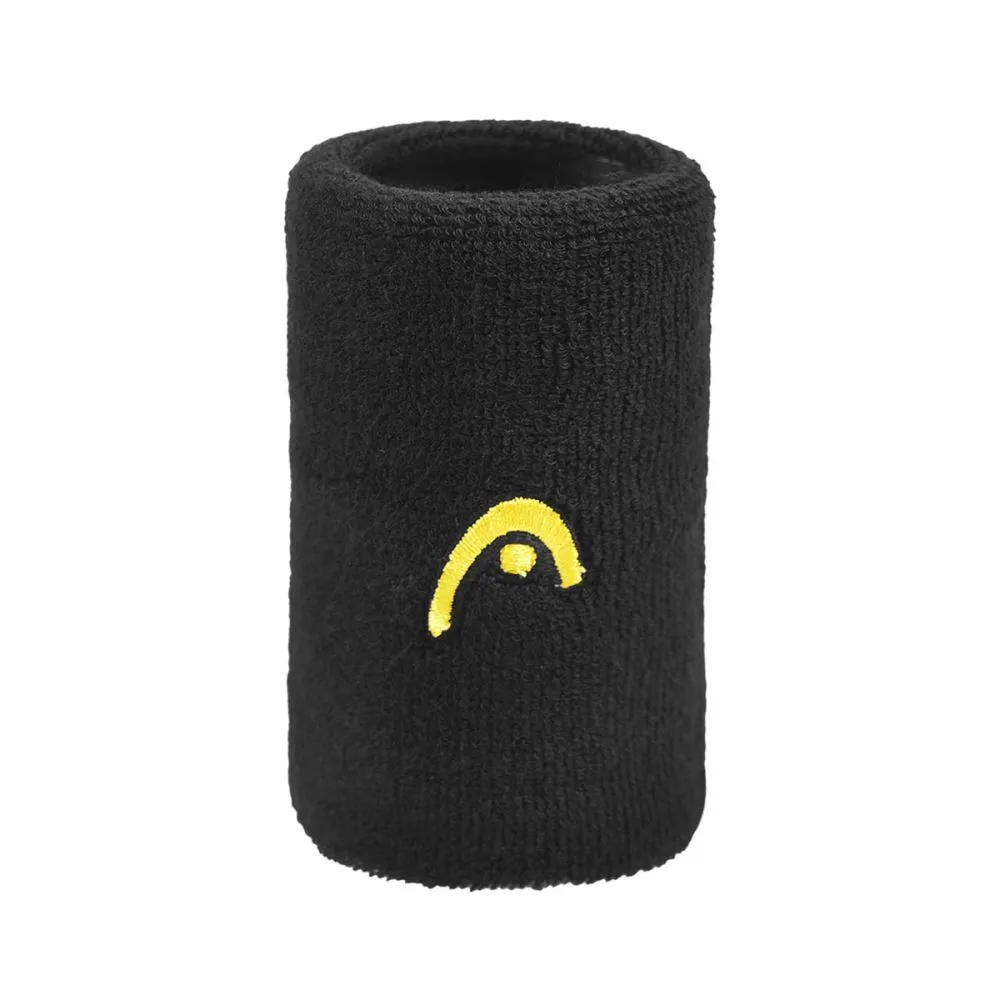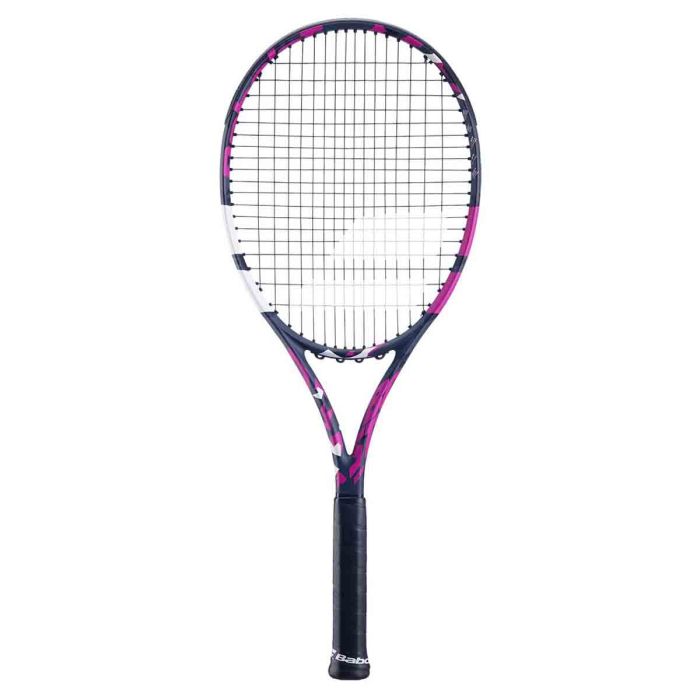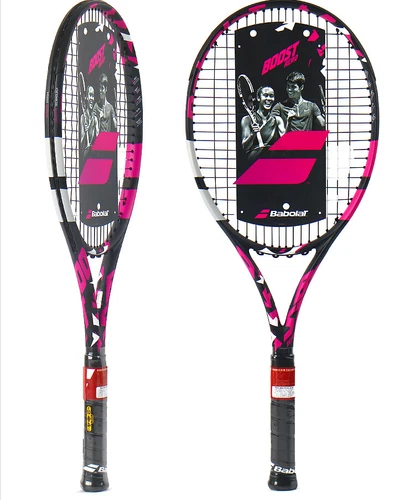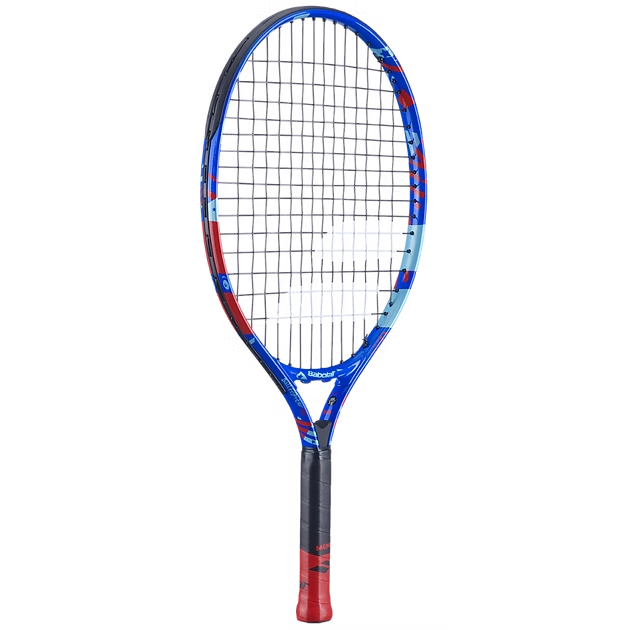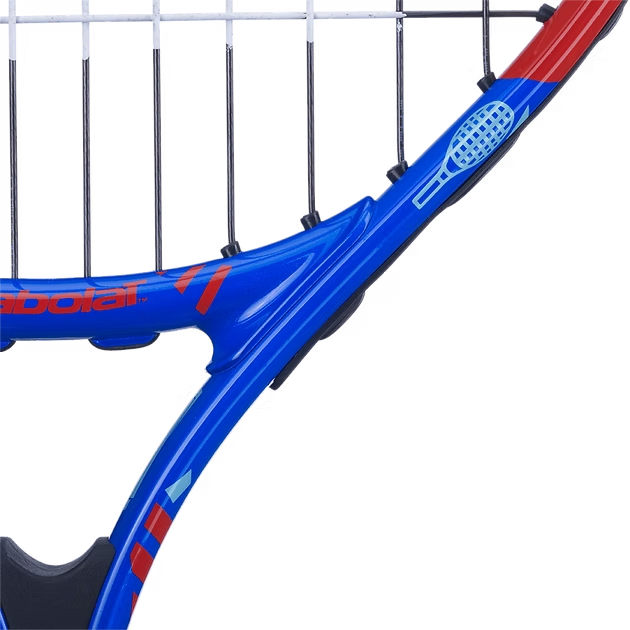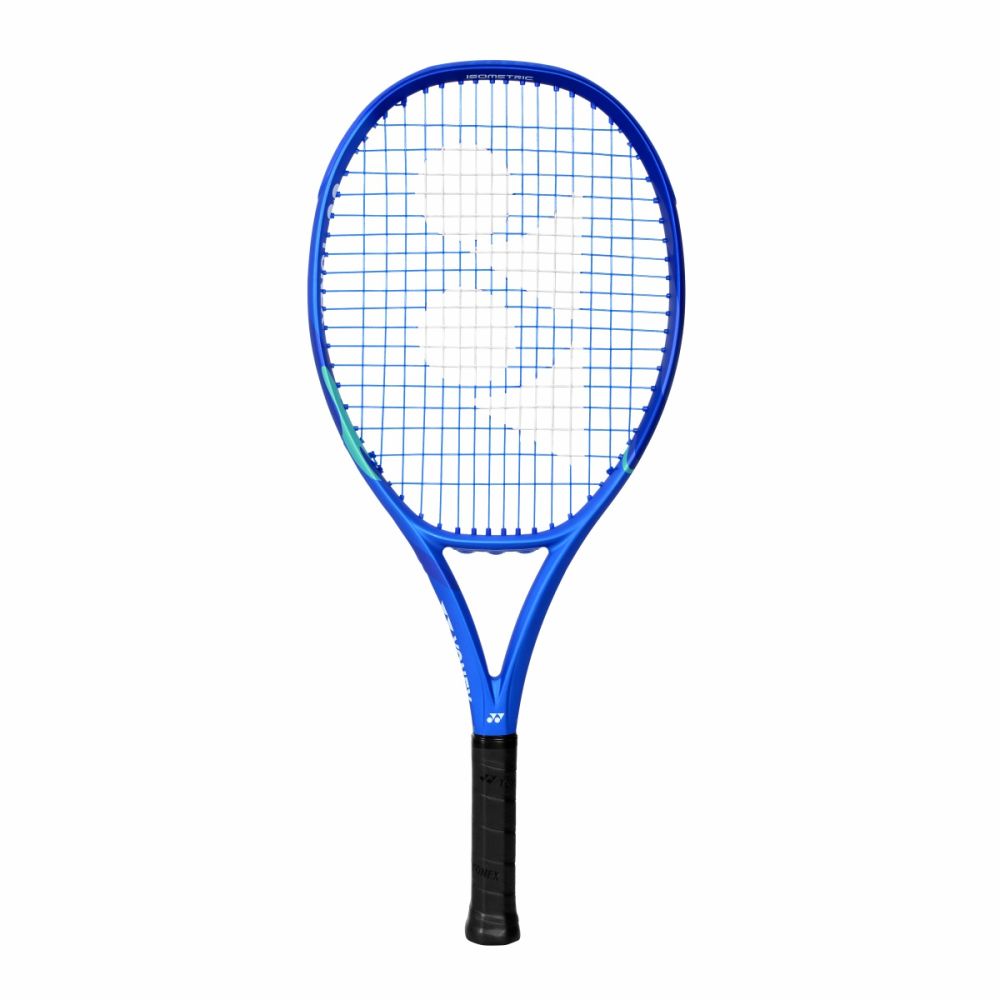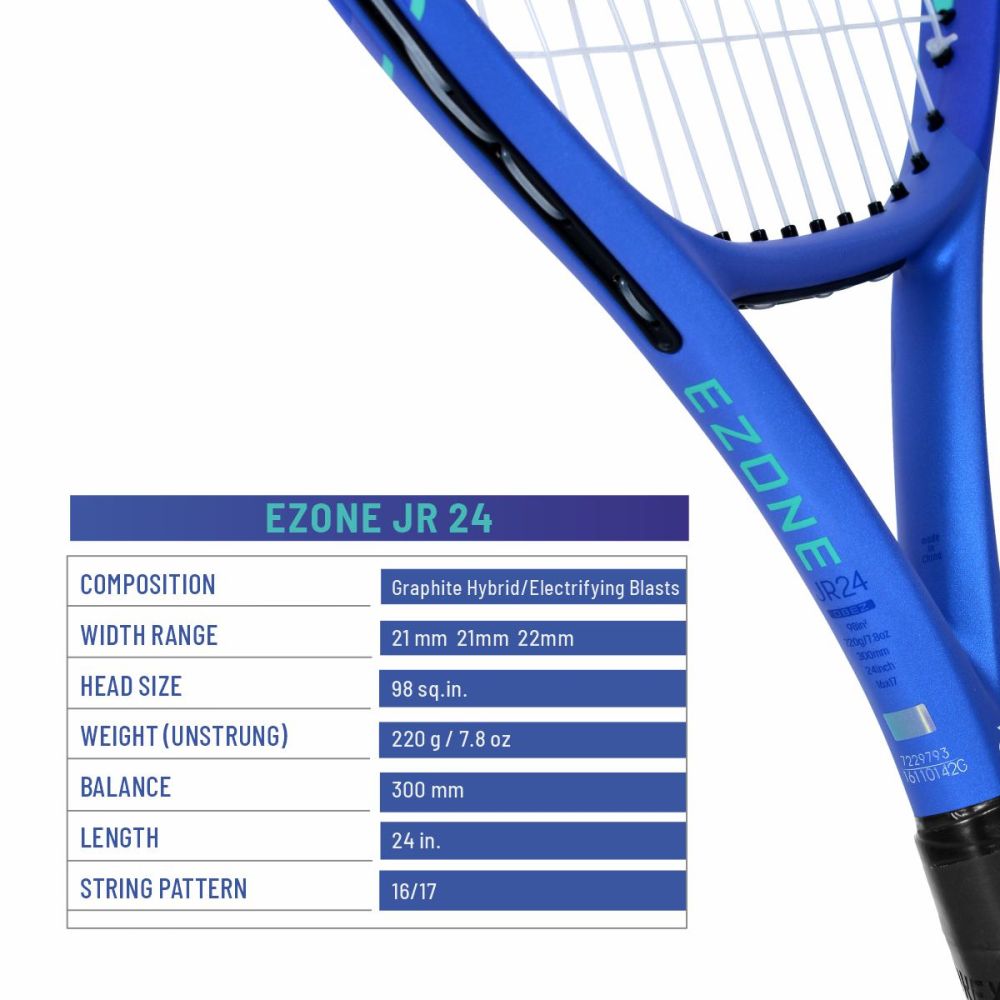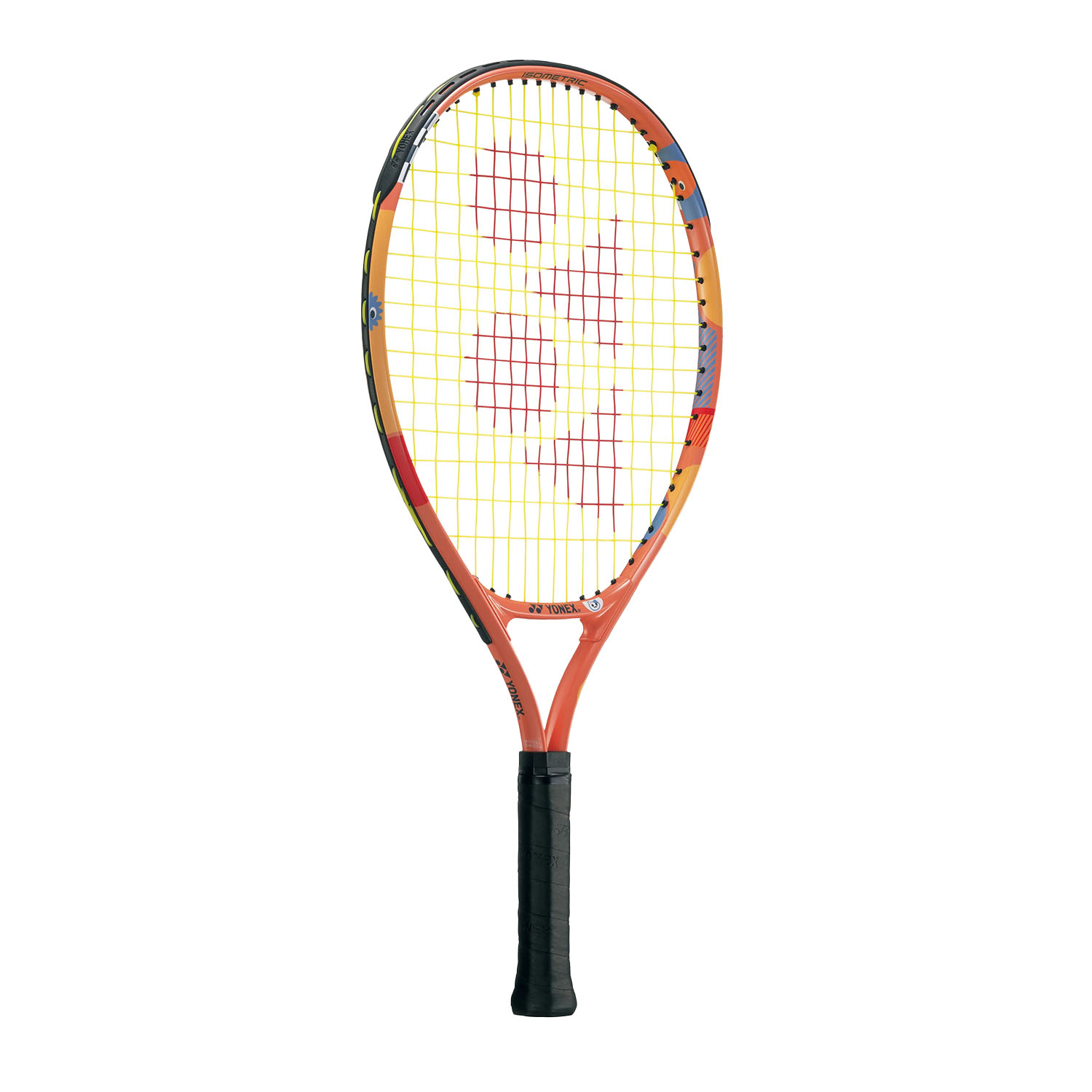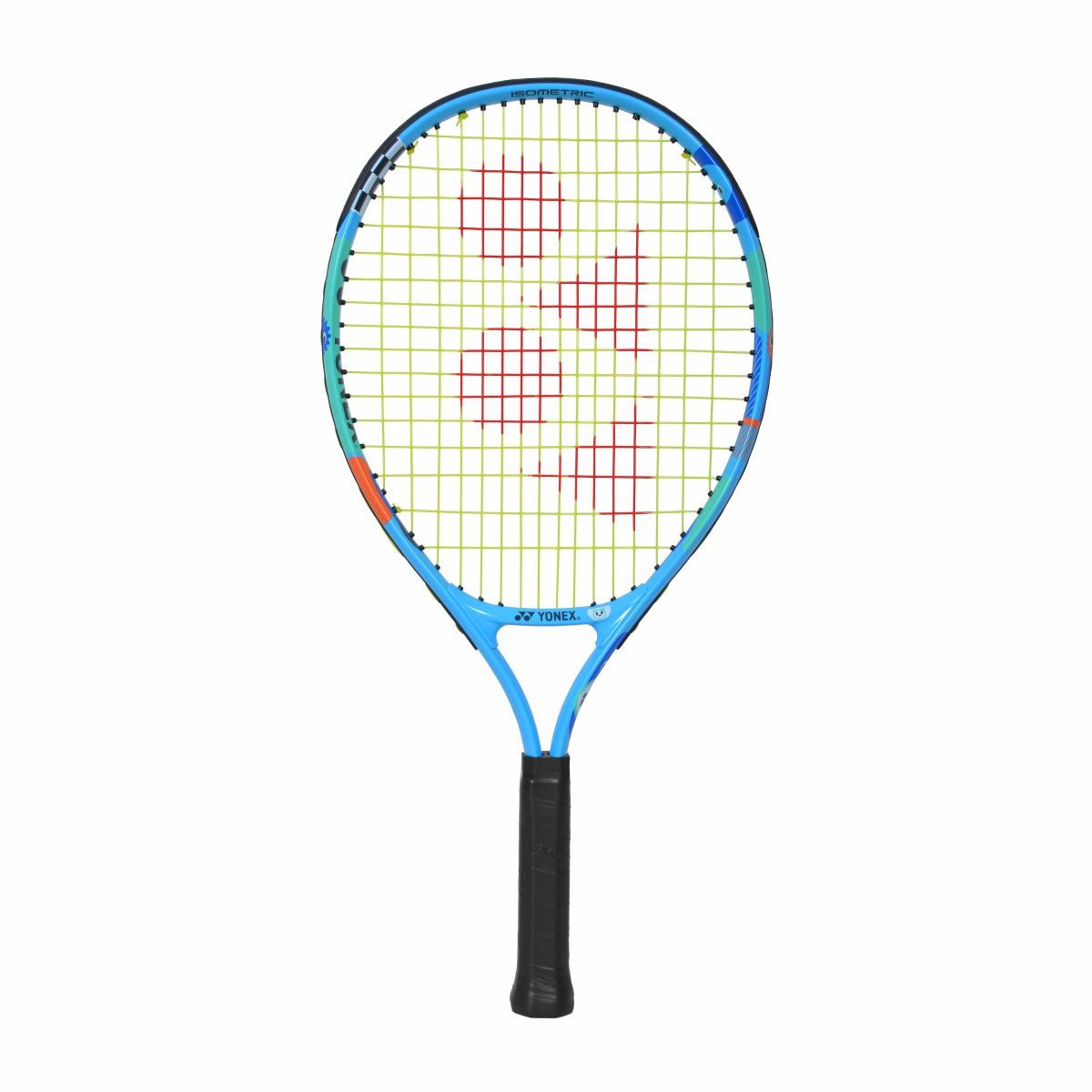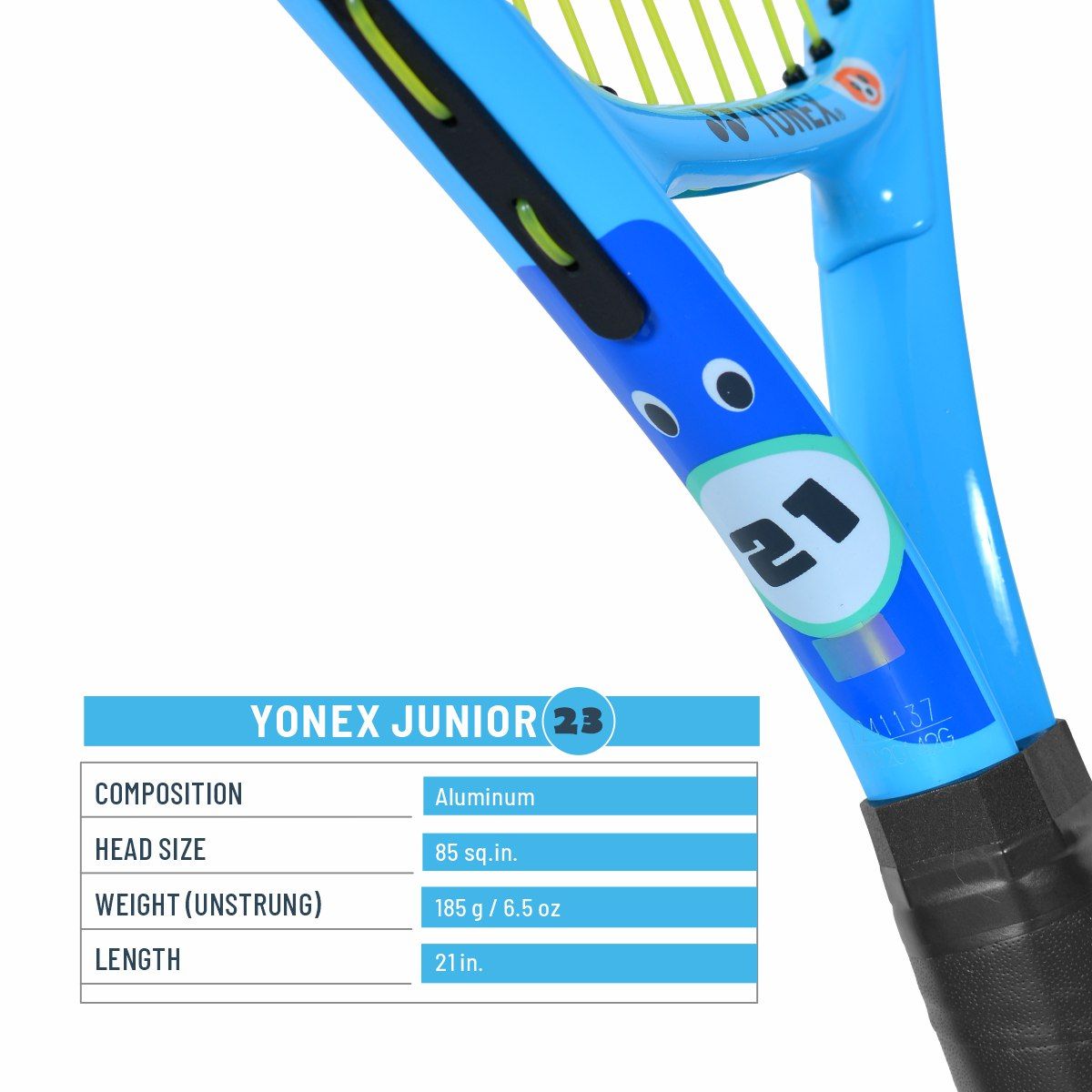Want to win more singles matches? Fed up with losing in the same old ways? Whatever your ability, you can get more success by playing smarter.
Here tennis analyst and coach Jack Edward reveals four basic strategies that club and recreational players can use to gain more singles victories…
I wrote about how to win more doubles matches as a club player. But how about singles matches? It’s just you on your lonesome, and it’s easy to start to feel frustrated out there on the battlefield. Never fear though! If you’re ever feeling lost during a singles match, return to these key strategies to navigate your way to victory.
1. Be solid and use depth
Most points in tennis end in an error.
Don’t be fooled by the flashy highlight reels you see on Youtube. Those pros are masters of making the ball sing and dance to the tune of their racket — yet still most of their points end in an error.
So often we get obsessed over the perfect technique required to hit a ball past our opponent.
Well, tennis matches are chaotic and ugly (ironically that’s the beauty of the sport). No two balls you hit will be the same. There isn’t a one-size-fits-all way to hit the ball. There are different spins, locations in the court, opponents, heights, contact points, intent on your shot all to take into account…
What fundamental keeps the best players in the world from succumbing to the chaos? Well, they reduce errors by striving to achieve one thing on the ball over anything else.
Depth.
By consistently hitting deep in the court, you stop your opponent from being able to attack you consistently.
Depth is a great basis to attack with as it takes more time away from your opponent (the ball is on your opponent faster as it’s in the air for longer).
You also give yourself a more easily repeatable shot. The easiest way to achieve depth is shape and height which takes the net out of the equation. This gives you more margin for error.
Most points in tennis end in an error.
Reduce those errors and rise above the chaos of tennis by using depth to be as solid as a rock on the court.
2. Find a weakness and target it
It sounds obvious.
You find a weakness in your opponent’s game, you exploit it.
Simple.
…but it’s not that simple. There are two big reasons for that at club level.
The first is that club players tend to underrate predictability. There is a misconception in tennis that your opponent can’t know your next move, that you constantly need to be catching them off-guard to get errors from them.
Let’s say Jerry has one of the worst backhands in the club. If you find his backhand during a point, it’s a given you’re winning that point. Well, Jerry might know fine well that you’re going to target that backhand to the high heavens…
If you pose the question to Jerry and he doesn’t have the answer, don’t change anything! If it ain’t broke, don’t fix it as the old adage goes. Put unpredictability aside and go for the percentage means of winning a point over and over.
Yes, you might have to go to the forehand to open up the backhand. If there is a clear weakness in your opponent’s game though, all roads should lead to milking it for all it’s worth.
The second big reason club players struggle to target weaknesses?
I skimmed over something earlier. The actual search for a weakness isn’t so easy. Some players might look like they have zero weaknesses — the more likely reality is you haven’t searched thoroughly enough.
Here are a few common club player weaknesses that you can probe for.
Struggles with a high contact point. Many club players hate dealing with balls above their shoulders, particularly oldies with one-handed backhands. Try increasing the height of their contact point to see what they respond with.
Poor at the net. Purposefully giving your opponent low, angled balls or drop shotting them can draw your opponent unwillingly forward. If they are especially uncomfortable at the net, this can often lead to sprayed approach shots i.e. an error before they’ve even got to the net.
Struggles to generate their own pace. Slow and loopy can be a killer for those without the ability to attack using their own pace. The angled and low tactic is also great for testing this ability.
Bunted backhand. Players often possess the ability to put their backhand in the court but by a very guided and pushy means. A great way to probe for this weakness is by approaching the net to the backhand. If they can’t keep the ball low, the response will often be a lob. A slice will really challenge them in this situation.
I could go on and on and on.
The point is be thorough with your search for a weakness and, when you find one, be ruthless.
₹749.00Original price was: ₹749.00.₹550.00Current price is: ₹550.00.₹19,176.00Original price was: ₹19,176.00.₹10,300.00Current price is: ₹10,300.00.₹749.00Original price was: ₹749.00.₹550.00Current price is: ₹550.00.₹3,196.00Original price was: ₹3,196.00.₹1,799.00Current price is: ₹1,799.00. 14% Off + 5% on first orderSelect options This product has multiple variants. The options may be chosen on the product page
14% Off + 5% on first orderSelect options This product has multiple variants. The options may be chosen on the product page₹699.00Original price was: ₹699.00.₹599.00Current price is: ₹599.00.
3. Use controlled aggression
You’ve probably heard this before.
BE AGGRESSIVE.
Here’s the thing about being aggressive. It doesn’t necessarily involve taking on more risk. Players think they have to paint the lines, hit aces, blooter winners passed their opponent in order to be aggressive.
Remember — most points in tennis end in an error.
You’ve got to find a way to be controlled in your aggression and make your opponent uncomfortable enough to miss their next shot (a forced error rather than an unforced error).
Let’s talk about a few common ways club players can play aggressively without taking on a high degree of risk.
Big hitting to big targets. Watch a rally between two pros. Pay attention to how often the ball touches the line. Generally they’ll give themselves plenty of margin for error. You shouldn’t have to hit the ball plumb on any of the lines to play aggressively.
Mop up short balls. Your opponent has to be punished for failing to keep the ball deep. When you’re given a short ball, don’t hit with as much height and spin as you normally would. You are closer to the net — use this to your advantage by aiming lower over the net to take time away from your opponent with a lower, flatter trajectory to the ball. Less spin will also keep the ball deep in the court. Note: short balls aren’t as easy as the pros make them look so practice them!
Serve + 1. Even if your serve isn’t massive, you can still use it to create space on the court. If I had to recommend the most effective combination of shots to practice in tennis, it would be a slice serve out wide in the deuce court (as a right-handed player) and an attacking forehand into the open court (their backhand). This is the most common recipe for aggression on the ATP and WTA Tours.
Again, we’re just scratching the surface here.
The bottom line is don’t just go for broke. Find a way to balance being solid with controlled aggression.
4. Deal with pressure points
Another beautiful thing about tennis?
The scoring system.
Game points, break points, set points, match points (all points we’d consider to be pressure points). If we miss our opportunities, we’re left wondering “what if I’d done this”, “what if I’d done that”…
If, if, if — it doesn’t exist…
It’s up to you to capitalise on your opportunities by learning how to deal with the pressure.
I have written about how to deal with nerves in tennis. Commit to your shots, keep your energy high, slow down etc.. Here we’re thinking more about what you should be doing tactically under pressure.
Well, everything I’ve said is even more key when the pressure is high — but especially that ability to be solid because…
The average rally length on both the ATP and WTA Tours is longer for a pressure point.
One reason for this is that players can’t as easily rely on a cheap and easy point. Most pressure points take place in the ad court so right-handers can’t use a slice serve to draw their opponents off the court and can’t as easily exploit the open space (most club players can normally defend off of their forehands better than their backhands).
The bigger reason though is that professionals don’t want to take any unnecessary risks on a pressure point. If the pressure is high, percentage tennis is key. The best players in the world make sure that if their opponent is going to convert a pressure point, they have to earn it.
Don’t want to spend your days ruing your missed opportunities?
Learn from the best players in the world.
Don’t take any unnecessary risks.
Don’t give away anything for free under pressure.
₹11,999.00Original price was: ₹11,999.00.₹7,800.00Current price is: ₹7,800.00.₹4,499.00Original price was: ₹4,499.00.₹3,150.00Current price is: ₹3,150.00.₹3,999.00Original price was: ₹3,999.00.₹2,799.00Current price is: ₹2,799.00.₹5,790.00Original price was: ₹5,790.00.₹4,299.00Current price is: ₹4,299.00.₹3,200.00Original price was: ₹3,200.00.₹2,400.00Current price is: ₹2,400.00.₹3,200.00Original price was: ₹3,200.00.₹2,400.00Current price is: ₹2,400.00.
In Summary…
It’s a tricky game this tennis business. I know how it feels to be completely helpless on the singles court. Amidst the heat of battle, keep coming back to these four keys.
Be solid and use depth. Maintain depth and consistency to stop yourself from being attacked and to aid your own ability to attack without beating yourself.
Find a weakness and target it. Get better at the art of finding a weakness and, when you do find one, don’t be afraid to exploit it at the expense of being unpredictable.
Play with controlled aggression. Play big to big targets in the court, learn to deal with short balls and employ aggressive patterns of play.
Deal with pressure points. Learn how to cope through nerves and don’t give away any unforced errors when things get tight.
Our Other Useful Articles for you
How to Measure Tennis Grip Size
Top Tennis Balls of 2024: Key Factors and Our Best Picks
5 Best men’s tennis shoes for 2024
10 Best Tennis Strings in 2024
Get the Right Grip: How to Measure your Tennis Grip Size?
how to use lead tape on tennis racquets
How to Maximize Your Tennis Performance with Effective Post-Match Recovery


